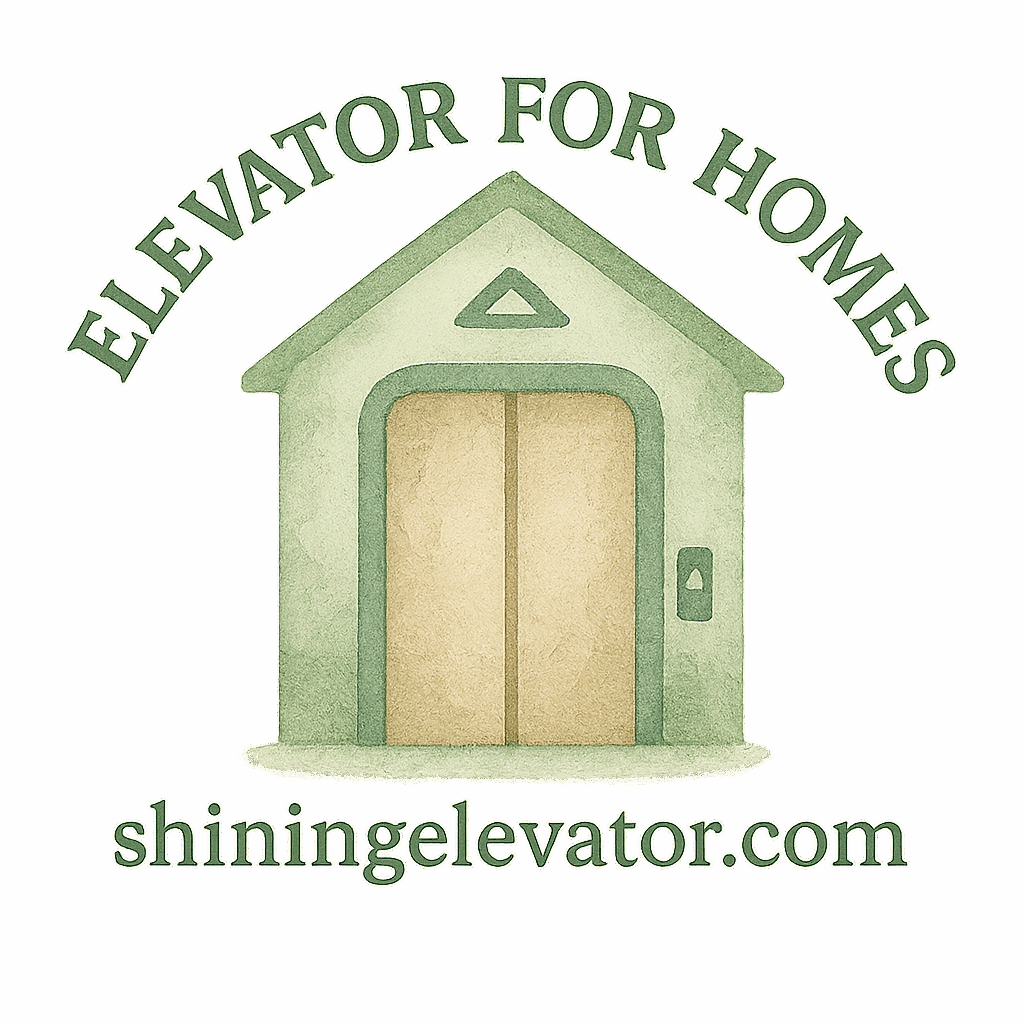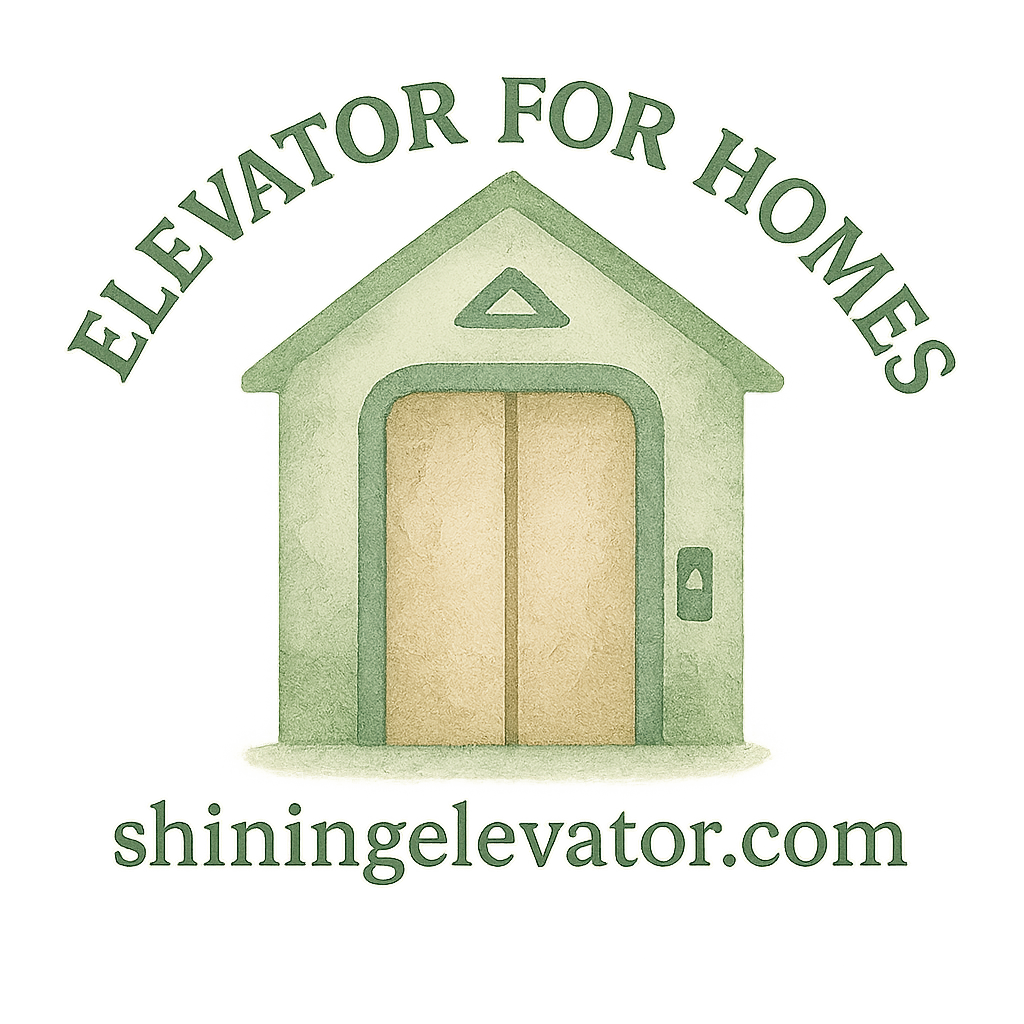Thinking about installing a home elevator but worried about the price tag? You’re not alone. Many homeowners want the comfort and accessibility of an elevator, but financing can seem like a maze. Good news—there are several elevator financing options for homeowners that make this dream more reachable than you think!
Whether you’re aging in place, enhancing your home’s value, or just craving that luxury feel, let’s break down seven smart ways to fund your home elevator installation without emptying your savings account.
Why Financing a Home Elevator Makes Sense
The Rising Demand for Residential Elevators
As more families embrace multigenerational living or seek convenience as they age, the demand for residential elevators and residential lifts is soaring. Home elevators aren’t just for the wealthy anymore—they’re a growing necessity.
The Cost Barrier and Why Financing Helps
Prices vary depending on size, type, and customization, but the average home elevator can cost anywhere from $15,000 to $50,000. Financing helps make this cost manageable by spreading payments over time—no need to drain your emergency fund.
Option #1: Home Equity Loan
How It Works
A home equity loan allows you to borrow a lump sum based on the equity you’ve built in your home. You pay it back over a fixed term, typically with a stable interest rate.
Pros and Cons
- ✅ Fixed interest rates
- ✅ Predictable payments
- ❌ Risk of foreclosure if you default
Ideal For Homeowners With Substantial Equity
If your home value has appreciated or you’ve paid off a good portion of your mortgage, this option is solid for funding elevator installations.
Link this option with:
➡️ Budgeting and Planning
➡️ Elevator Costs
Option #2: Home Equity Line of Credit (HELOC)
HELOC vs. Traditional Loan
Unlike a home equity loan, a HELOC gives you a line of credit to draw from as needed. It’s flexible and great for projects with unpredictable expenses.
When a HELOC Makes Sense
Perfect for elevator projects where you’re still deciding between elevator types or planning some cool design customization.
Planning and Budgeting Advice
Always budget a little extra for installation rates and maintenance. Unplanned expenses can sneak up quickly.
Option #3: Personal Loans
Fast Approval and Fixed Rates
Need cash quickly? A personal loan might be the fastest route. Some lenders approve within 24 hours and offer fixed interest over 2–7 years.
Who Should Consider It?
This option is best if you:
- Have excellent credit
- Want a quick, unsecured option
- Aren’t comfortable using your home as collateral
Use this for projects involving:
➡️ Compact elevators
➡️ Small home elevators

Option #4: Government Programs and Grants
Options for Seniors and Veterans
Several programs offer assistance if your elevator supports home accessibility or helps a senior live independently. Look into:
- Veterans Affairs (VA) grants
- Medicaid waivers (state-dependent)
- Local aging-in-place subsidies
Accessibility-Focused Initiatives
Governments encourage modifications that allow seniors to stay home longer. This makes funding elevators a priority in some regions.
Explore Tags like Aging in Place and Senior Safety
Option #5: Manufacturer Financing Plans
What Elevator Companies Offer In-House
Some elevator providers partner with third-party financing services or offer installment plans themselves.
Rates, Terms, and Flexibility
Terms vary, but some providers offer:
- 0% financing for a limited time
- Extended payment plans
- In-house advisors to walk you through installation and maintenance
Tag this with:
➡️ Elevator Companies
➡️ Elevator Providers
Option #6: Reverse Mortgage
How Reverse Mortgages Work for Home Improvements
If you’re over 62 and have significant home equity, you can use a reverse mortgage to pay for accessibility upgrades, including a home elevator.
Risks and Considerations
While you don’t repay until you move or sell, you must maintain the home and stay current on taxes and insurance. It’s not for everyone, but it works for many seniors enhancing home planning.
Option #7: Credit Cards with Promotional Rates
When This Option Works
Some credit cards offer 0% interest for the first 12–18 months. If your elevator project is small and you’re sure you can pay it off quickly, this could work.
How to Avoid Common Pitfalls
- Don’t miss payments
- Watch for post-promotional APRs
- Avoid maxing out your available credit
This option might be viable for quick installations like a space-saving lift.
How to Choose the Best Financing Option
Assessing Your Home and Elevator Needs
Are you planning for the future, or do you need an immediate solution for mobility? Your answer affects your financing decision.
Understanding Your Budget
Tools from Shining Elevator can help estimate:
Use a Home Elevator Planning Guide
Planning Ahead: Budgeting and Customization
Tools to Estimate Costs
Use online calculators or consult providers for:
- Installation estimates
- Maintenance costs
- Long-term ROI
Design Options and Aesthetic Value
A home elevator isn’t just functional—it can elevate your interior design too.
Think Compact, Space-Saving, or Luxury Look
Installation and Maintenance Considerations
Long-Term Investment Thinking
A home elevator adds resale value and long-term convenience, especially if you’re planning to age in place.
Importance of Maintenance Budget
Routine maintenance prevents costly repairs. Don’t forget to budget annually for inspections and service.
Conclusion
A home elevator can transform your lifestyle—but funding it wisely is key. With these 7 elevator financing options, homeowners can find a solution that matches their needs and budget. Whether you’re using a HELOC, exploring government programs, or partnering with elevator companies directly, the path to a more accessible, stylish home is just a few smart choices away.
FAQs
1. What’s the cheapest way to finance a home elevator?
Using existing home equity through a loan or HELOC often offers the lowest interest rates.
2. Can seniors get assistance for installing home elevators?
Yes! Seniors can explore government grants, Medicaid waivers, and reverse mortgages.
3. Are home elevators covered by home improvement loans?
Absolutely. Many personal and home equity loans include elevators as eligible improvements.
4. Do elevator companies offer their own financing?
Some do! It’s best to ask for in-house financing or partner recommendations.
5. Can I use credit cards for elevator installation?
Yes, but only if you qualify for low or 0% promotional rates and can repay quickly.
6. What’s the best option for small home elevators?
HELOCs or personal loans work well for compact or space-saving lifts.
7. Where can I get a full cost breakdown for elevator installation?
Check out the tools and resources on Shining Elevator and design customization pages.


